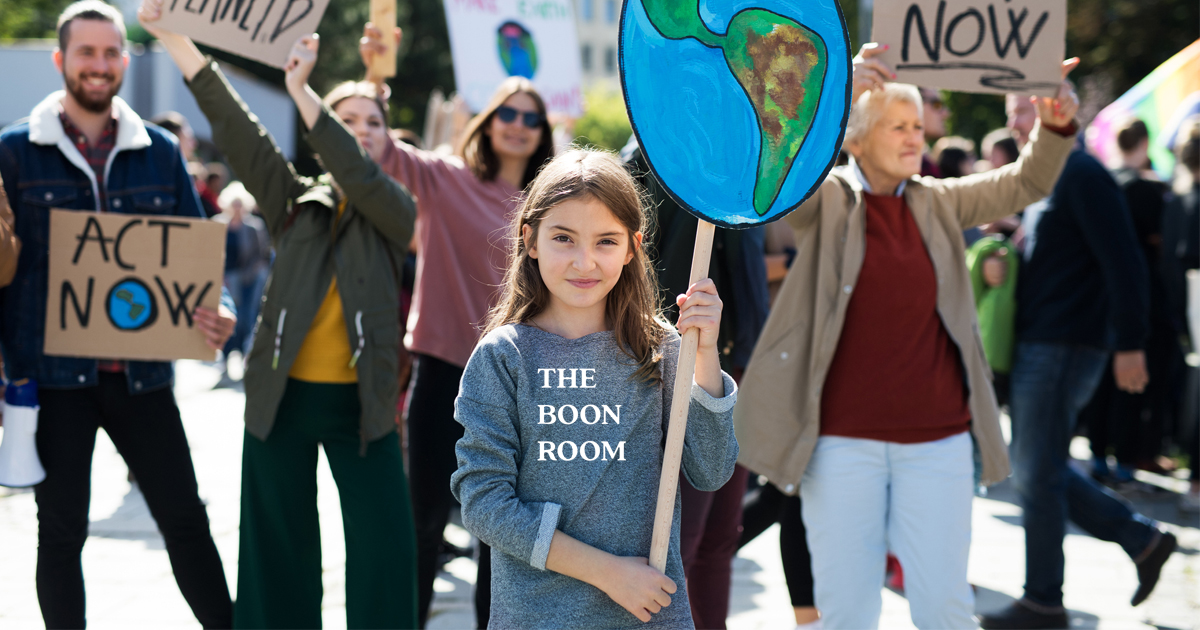 Photo from theboonroom
Photo from theboonroom
Originally Posted On: Sustainability Ideas for Kids (theboonroom.com)
Practicing sustainability is an important topic for anyone, and especially for children. The next generation is the future, and kids will lead the way in more sustainable practices. There are so many teachable moments and ways to involve the whole family in the sustainability movement that are educational and fun. Here are our favorite ideas for getting the family involved and teaching kids about sustainable living:
Read Books Together About Sustainability Issues
Books are a great way of introducing sustainability to kids and helping them understand the motivations behind eco-friendly activities. No matter the ages of your kids, you can find appropriate books to reinforce the ideas of sustainability. Plus, reading together is a great bonding activity for parents and children.
Start with classics like Charlotte’s Web, The Lorax, and The Giving Tree, and your kids will be interested in being sustainability warriors in no time. Dig further into specific issues that interest your kids—most like gardening, animals, or famous environmentalists.
Plant a Tree
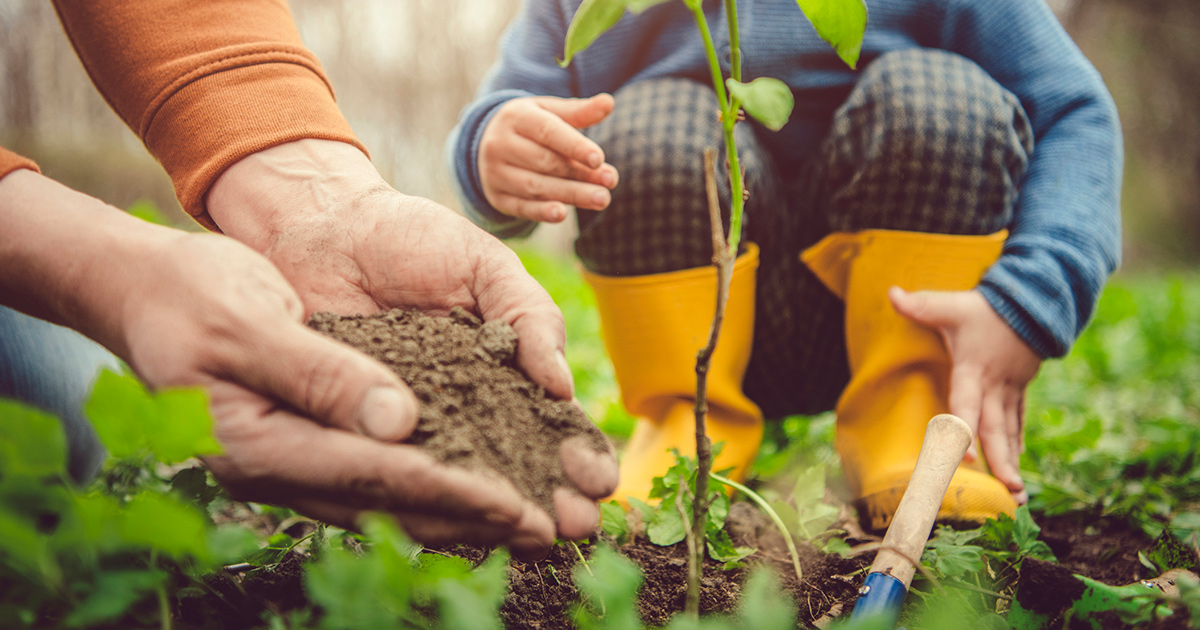 Photo from gettyimages
Photo from gettyimages
Planting a tree is a great way to help the environment and an easy way for kids to get involved. If you don’t have room in your yard for a large tree, consider a smaller shrub, or find a nearby community tree planting activity where you can volunteer.
Plant a Garden Together
Consider growing some of your fruits and vegetables so kids can learn where food comes from. Let kids help with planting, watering, weeding, and harvesting. If you don’t have room for a garden, try a few container pots, or take care of a few indoor houseplants to green up your space.
Visit a Local Garden or Farmers’ Market
Take the kids to a community garden or local farm, and shop at farmers’ markets. Let your children pick out new fruits and vegetables to teach them about the importance of organic farming and buying local produce.
Sort the Recycling
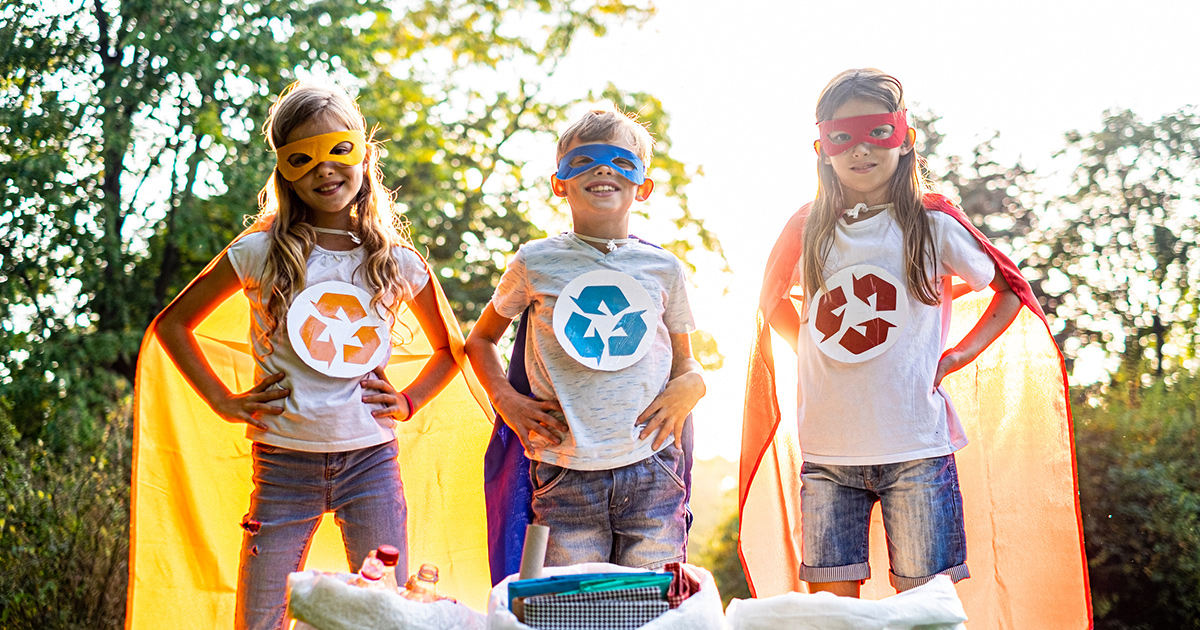 Photo from gettyimages
Photo from gettyimages
Children can easily understand the difference between garbage and recyclable materials and often enjoy helping with the recycling. Post a chart of what items are recyclable in your neighborhood inside a cupboard or closet near the trash cans. Have your kids help take garbage and recycling out to the curb on collection day, and they’ll get a good idea of just how much trash we make and the impact of recycling. Help kids learn to sort compostables, too, if you have community pickup or your compost bin at home.
Clean Up Your Community
Whenever your family takes a walk around the neighborhood, take a small garbage bag along and pick up trash as you go. Or pick a nearby park, beach, or trail and bring along a friend or neighbor to make a bigger impact on the litter cleanup.
Spend Lots of Time Outdoors
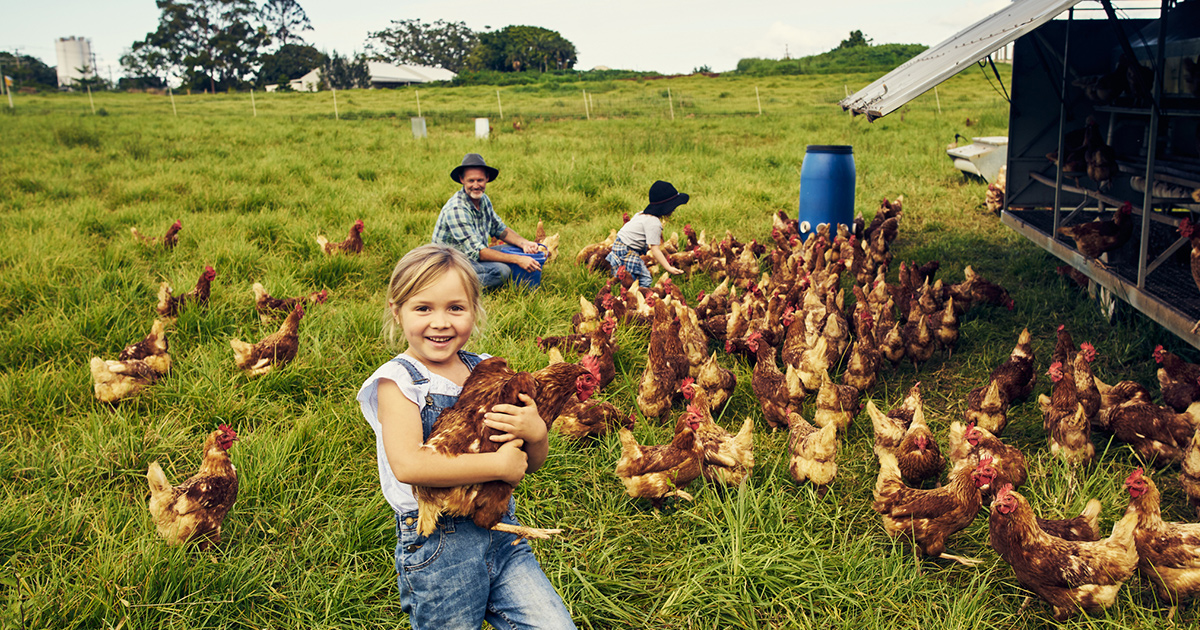 Photo from gettyimages
Photo from gettyimages
Encouraging your children to spend lots of time outside gives them a better appreciation for nature, and they’ll be more apt to want to take care of it. Let the kids play in the backyard daily, and take family trips to nearby parks. Go beyond the local playground and travel to state parks and national parks to observe different kinds of nature all around us.
Encourage observation of nature with scavenger hunts, nature journals, and nature art. Watch the animals, look for different kinds of plants, and keep track of seasons and weather patterns together.
Explore Nature Virtually, Too
Introduce your children to other environments and biomes that you may not have easy access to see in person. Use documentaries, websites, books, and other resources to show your children deserts, rainforests, tundra, ocean reefs, and other natural areas. Introduce topics like deforestation, reef degradation, and climate change so your kids understand issues affecting the planet that may not be right in their backyard. They’ll have an even greater appreciation for nature and the choices we all make that affect the natural world.
Collect Rainwater
Get the whole family involved with a rain barrel; let the kids use the water to give to your plants.
Teach Water Conservation
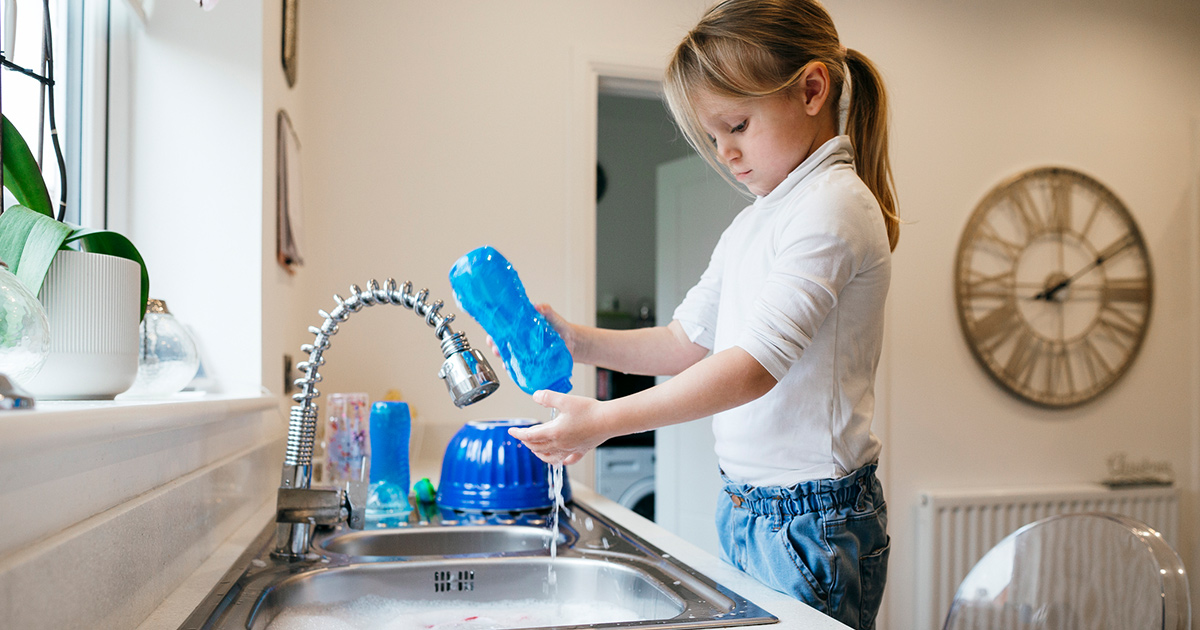 Photo from gettyimages
Photo from gettyimages
Help your children understand issues related to water conservation and easy ways that they can help. Encourage shorter showers, turning the faucet off while brushing teeth, and other water-saving methods.
Try a Home Compost Bin
If you’re able to compost at home, this is a great activity for the whole family. Kids can see exactly how food scraps and other compostables turn back into healthy soil for the yard or garden. You can even add worms and make a worm farm for the kids to watch and care for. Or try a smaller-scale compost experiment for the kids to see just how the process works. If your community has the option for compost pickup, get involved and start collecting your scraps for pickup just like your recycling!
Turn Recyclables into Art
Encourage sustainability while fueling the kids’ artistic side too, with some recycling art. You can discuss how reusing is often even better than recycling and encourage them to find new uses for things that would otherwise be thrown away. The recycled art materials also take the place of raw materials purchased from the store, which also usually includes excess packaging.
Try any one of these fun recycled art projects to get the creativity flowing, or let the kids develop their ideas. You can start a collection box of interesting items in the home that are up for grabs for future art projects too. This makes it easier to create whenever your family feels inspired.
Be Mindful of Your Carbon Footprint
As a family, you can calculate your carbon footprint online. Help your children understand what this means and how you can reduce your impact. Make it a goal to reduce your number and check in again after a month or a year. Consider buying carbon offsets for your family to help mitigate the issue.
Reduce Unnecessary Car Trips
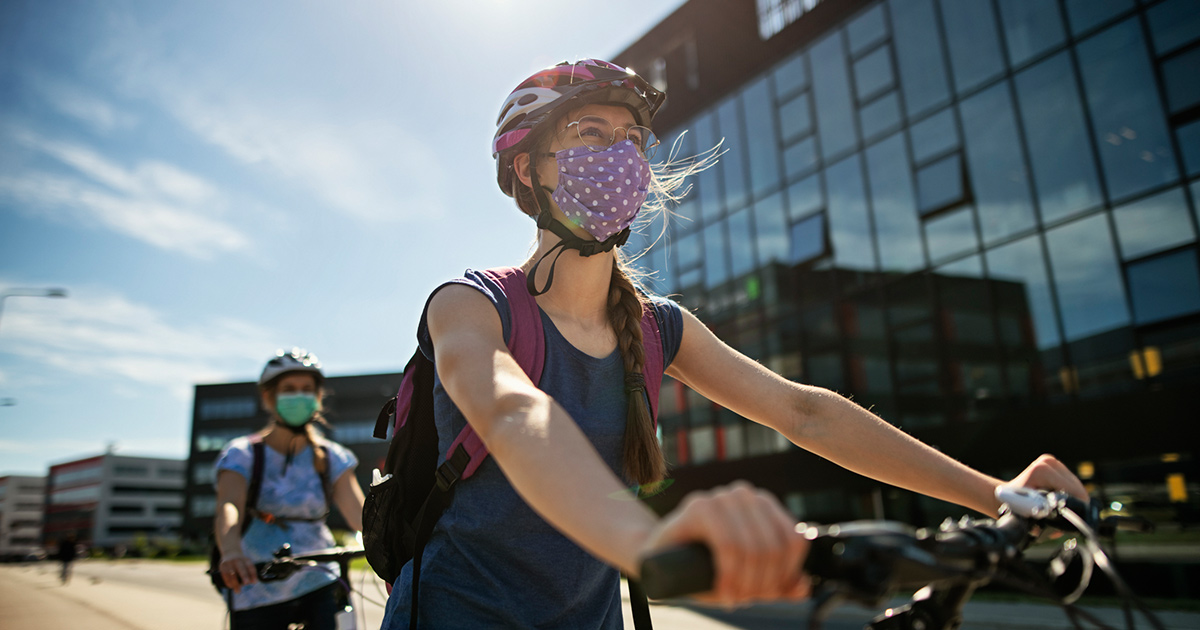 Photo from gettyimages
Photo from gettyimages
If your family lives close enough to school, activities, or errand stops, consider walking or biking whenever possible. Encourage the kids to bike to school or friends’ houses. Organize a carpool with friends or neighbors to reduce car trips to school and other activities. If public transportation is an option in your community, utilize it whenever you can to show your kids other options of getting around that have less impact on the environment.
Implement Meatless Mondays
One of the biggest impacts your family can make is to reduce meat and other animal products in your diets. Get the whole family on board with Meatless Mondays and teach children about the impact the meat industry has on the environment. The kids might decide to leave out meat more often! Involve the whole family in meal planning and grocery shopping.
Reduce Energy Use in the Home
Teach your kids about energy usage and involve them in greening up your home. Switch to low-flow shower heads, LED light bulbs, and install weatherstripping around doors and windows, and let the kids help. Talk about your energy bills and the amount you’ll save with these simple changes. Consider donating the savings to an environmental organization or giving your kids the savings if they are actively involved in making changes in the home.
Use Eco-friendly Cleaning Supplies
 Photo from gettyimages
Photo from gettyimages
Make the switch as a family from toxic cleaning products to safer alternatives. Involve the kids with some simple house cleaning chores with your new nontoxic cleaning products. You can even try making some of them at home yourselves—everything from hand soap to laundry detergent can be made at home, and you can choose your own scent blend with essential oils. Make it a family craft project and have fun with it!
Reduce Paper Products
Help your family find alternatives to all the paper products you regularly use, like paper towels and napkins. Make the switch to cloth napkins and try to use rags instead of paper towels for cleanup. You can even make your cloth products as a craft project!
Involve Your Whole Family in Sustainability Activities
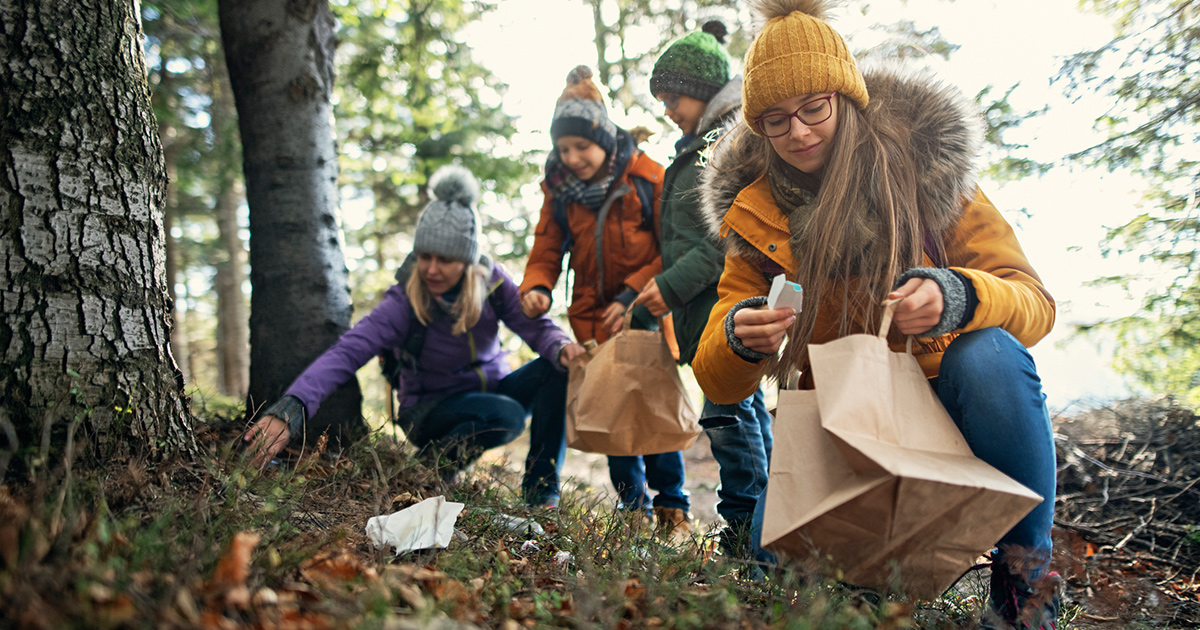 Photo from gettyimages
Photo from gettyimages
Try any of these great ideas with your whole family to reduce your environmental impact and inspire the kids to leave the planet in a better condition than they found it. Start small with one or two sustainability activities for kids, and add more whenever your family can handle more.